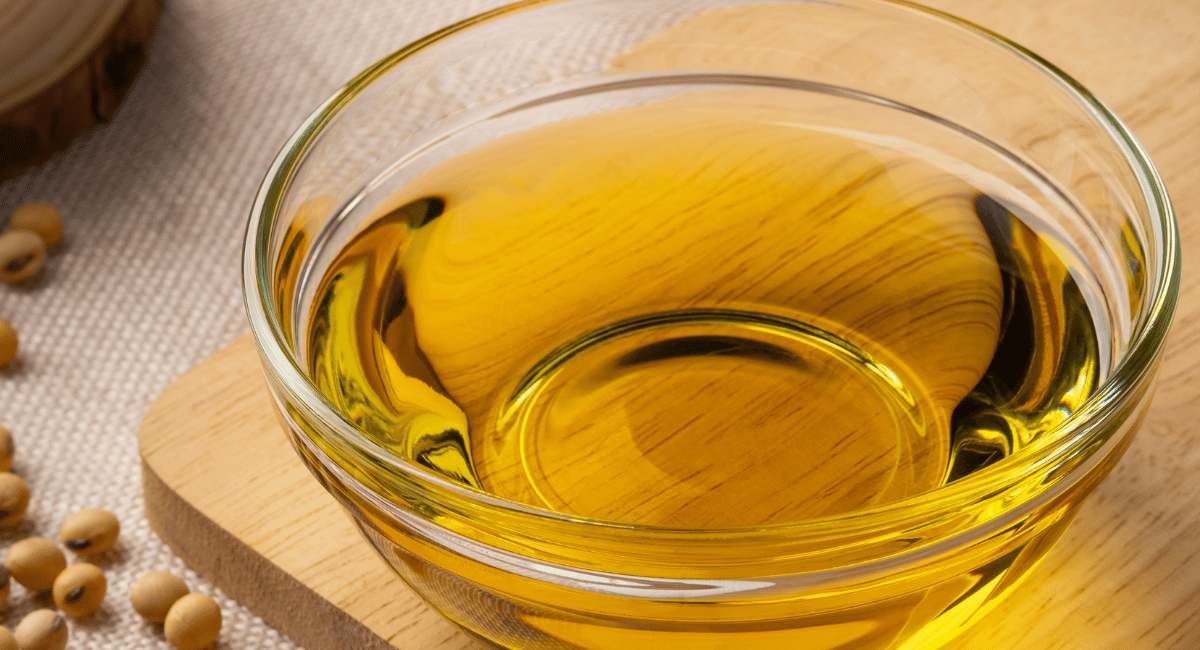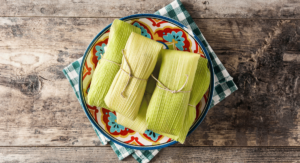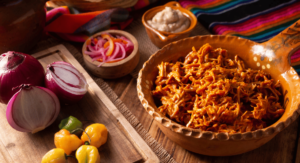Vegetable oil is a broad term that refers to oils derived from various plant sources. These oils are predominantly made up of triglycerides, which are composed of fatty acids. Common sources of vegetable oil include:
- Soybeans: Soybean oil is one of the most widely produced vegetable oils globally.
- Canola (Rapeseed): Canola oil is known for its low saturated fat content and high levels of monounsaturated fats.
- Sunflower: Sunflower oil is derived from sunflower seeds and is high in vitamin E.
- Corn: Corn oil is extracted from the germ of corn and is used in various cooking applications.
- Palm: Palm oil is obtained from the fruit of oil palm trees and is commonly used in processed foods and cooking.
- Olive: While olive oil is often classified separately, it is also considered a vegetable oil as it comes from the fruit of the olive tree.
Extraction and Processing of Vegetable Oil:
The extraction process for vegetable oil typically involves the following steps:
- Seed/fruit Preparation: The seeds or fruits are cleaned, dried, and prepared for oil extraction.
- Oil Extraction: There are several methods used for oil extraction, including:
- Mechanical Pressing: Crushing the seeds or fruits to extract the oil mechanically.
- Solvent Extraction: Using solvents like hexane to extract oil from seeds.
- Cold Pressing: A method that involves pressing seeds or fruits without added heat, preserving more nutrients.
- Refining and Processing: After extraction, the oil might undergo refining processes to remove impurities, deodorize, or adjust color and flavor.
Different Types of Vegetable Oil for Cooking:
There is a wide range of vegetable oils used in cooking, each with its unique characteristics and flavors:
- Soybean Oil: It has a neutral flavor and is versatile for various cooking methods.
- Canola Oil: Known for its mild flavor and high smoke point, making it suitable for frying and baking.
- Sunflower Oil: With a light taste, it’s good for frying and high-heat cooking.
- Corn Oil: Suitable for frying and has a relatively high smoke point.
- Palm Oil: Used in a variety of processed foods and some cooking applications.
- Olive Oil: Comes in various grades (extra virgin, virgin, refined) and is well-regarded for its flavor and health benefits, used in dressings, sautéing, and more.
Choosing the right vegetable oil for cooking often depends on factors like smoke point, flavor, and the cooking method used. Some oils are better suited for high-heat cooking, while others are preferred for their flavor or health benefits when used in dressings or low-heat cooking.
Use of Vegetable Oil in Traditional Mexican Recipes:
In Mexican cuisine, vegetable oil is commonly used for various cooking methods, although traditionally, lard was the primary cooking fat. Over time, vegetable oil has become a popular alternative due to its availability and lower cost. It’s used in various Mexican recipes for:
- Frying: Vegetable oil is used for frying foods like tortilla chips, churros, crispy tacos, and other dishes that require deep or shallow frying.
- Sautéing and Frying: It’s used for sautéing ingredients like onions, garlic, peppers, and tomatoes that form the base of many Mexican sauces, stews, and dishes.
- Making Refried Beans: Vegetable oil is often used to fry cooked beans and create refried beans, a staple in many Mexican meals.
Advantages of Using Vegetable Oil in Mexican Cooking:
- Neutral Flavor: Vegetable oil has a relatively neutral flavor, allowing the natural flavors of Mexican spices, herbs, and ingredients to shine through in dishes.
- High Smoke Point: Many vegetable oils have higher smoke points compared to animal fats like lard, making them suitable for frying and high-heat cooking without imparting unwanted flavors.
- Availability and Affordability: Vegetable oil is widely available and more cost-effective than some other cooking fats, making it accessible for home cooks and in commercial settings.
- Health Considerations: Some vegetable oils, especially those high in unsaturated fats (like canola or sunflower oil), are considered healthier options compared to animal fats due to their lower saturated fat content.
Utilization of Vegetable Oil in Various Mexican Cooking Techniques:
Vegetable oil can be utilized in various Mexican cooking techniques, such as:
- Frying: It’s suitable for deep-frying or shallow-frying dishes like taquitos, flautas, churros, and crispy taco shells.
- Sautéing: Vegetable oil is commonly used for sautéing aromatics like onions, garlic, and chili peppers, forming the base for many Mexican sauces and dishes.
- Baking: In some recipes, vegetable oil can be used as a substitute for other fats, providing moisture in baked goods like cakes, muffins, or bread.
- Grilling and Roasting: While less common in traditional Mexican cuisine, vegetable oil can be used to coat vegetables, meats, or seafood before grilling or roasting to prevent sticking and add flavor.
When used appropriately in Mexican cooking, vegetable oil serves as a versatile cooking medium, helping to achieve the desired texture, flavor, and cooking techniques essential to many traditional Mexican dishes.
Factors to Consider when Purchasing Vegetable Oil:
- Type of Oil: Consider the type of vegetable oil based on your cooking needs and health preferences. Options include canola oil, soybean oil, sunflower oil, corn oil, olive oil (considered a vegetable oil), and more. Each type has different flavors, smoke points, and nutritional profiles.
- Quality: Look for high-quality oils, preferably those labeled as “cold-pressed,” “expeller-pressed,” or “extra virgin” if applicable. These methods generally retain more nutrients and flavor compared to highly processed oils.
- Packaging: Choose oils stored in dark glass bottles or opaque containers. Light can degrade the quality of oils over time, so opaque packaging protects the oil from light exposure.
- Certifications: Look for certifications indicating adherence to quality standards, such as “USDA Organic,” which ensures the oil is made from organic ingredients and produced without synthetic additives.
Indicators of Good-Quality Vegetable Oil on the Label:
- Type of Oil: The label should specify the type of oil and its purity (e.g., extra virgin, virgin, refined) to help you choose an oil suitable for your cooking needs.
- Harvest Date or Best Before Date: Freshness matters. Look for the harvest date or “best by” date to ensure the oil is relatively fresh. Fresher oils tend to have better flavors and nutritional content.
- Processing Method: Labels might mention the method of extraction (cold-pressed, expeller-pressed), indicating minimal processing, which helps retain more nutrients and flavors.
- Storage Instructions: Some labels provide storage recommendations, which can offer insight into the oil’s stability and shelf life.
Best Practices for Storing Vegetable Oil:
- Keep Away from Light and Heat: Store vegetable oil in a cool, dark place, away from direct sunlight and heat sources, as exposure to light and heat can cause the oil to deteriorate faster.
- Seal Properly: Ensure the container is tightly sealed after each use to prevent oxidation and preserve freshness.
- Avoid Air Exposure: Limit the oil’s exposure to air by using containers that minimize headspace or transferring the oil to smaller bottles as you use it.
- Use within Shelf Life: Vegetable oils have varying shelf lives depending on the type. Use the oil within the recommended time frame to enjoy its freshness and quality.
- Check for Changes: Regularly inspect the oil for any signs of off-flavors, unusual odors, or cloudiness, which could indicate spoilage.
By considering these factors when purchasing, looking for essential details on the label, and practicing proper storage methods, you can ensure that your vegetable oil maintains its quality, flavor, and nutritional benefits for an extended period.





